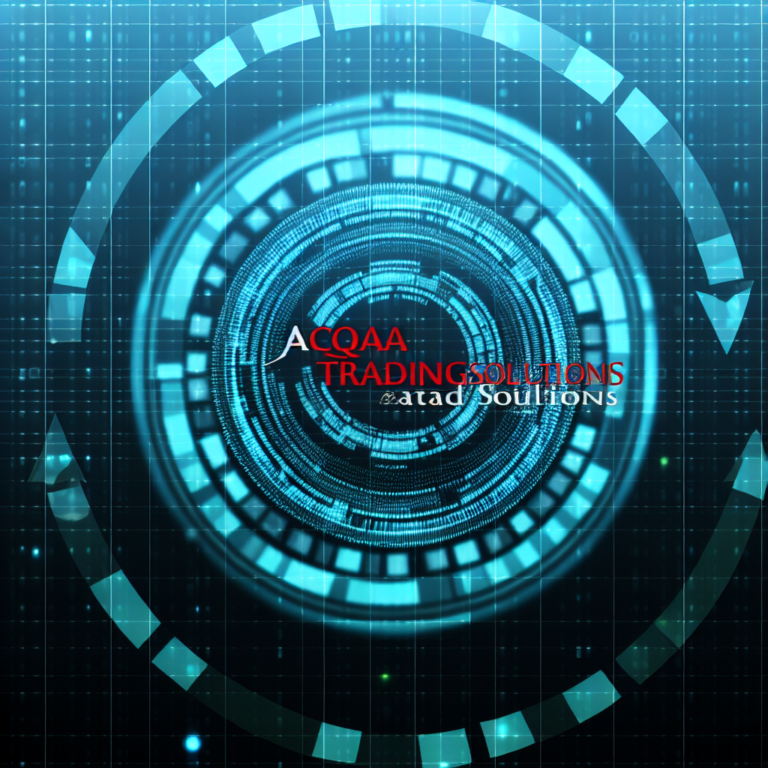
Discover valuable insights that enhance your life! This article shares practical tips and solutions to empower you in everyday challenges. Don’t miss out!. Title: zkLink Testnet Tasks – Do They Really Count?
As the Admin of acquatradingsolutions.com, I am excited to delve into an intriguing topic in the blockchain community: the zkLink Testnet tasks and their significance. With the rise of decentralized technologies and the increasing emphasis on testing protocols in blockchain development, understanding the impact and validity of testnet activities is crucial. Here’s a comprehensive breakdown of the zkLink Testnet and its associated tasks.
Understanding zkLink
zkLink is a Layer 2 blockchain solution that enhances scalability and reduces transaction costs. By integrating zero-knowledge rollups, zkLink processes transactions off-chain while ensuring that data privacy and security are upheld. With the blockchain ecosystem constantly evolving, zkLink represents a sophisticated answer to the challenges of scalability, making it a focus of interest among developers and blockchain enthusiasts.
What Are Testnets?
Testnets are a fundamental component of blockchain development. They allow developers to test new features and functionalities without the financial risks associated with using real cryptocurrencies. Essentially, they provide a playground for experimentation and refinement, allowing projects to identify bugs, improve user experience, and validate performance before the official launch.
The Importance of Testnet Tasks
Performing tasks on a testnet, such as zkLink’s, can yield several benefits:
1. **Community Engagement**: Participating in testnet tasks fosters community engagement. It creates enthusiasm among users, allowing them to contribute to the project’s development while also getting a glimpse of what is to come.
2. **Feedback Loop**: Testnet participants can provide valuable feedback, identifying issues that development teams may have overlooked. This feedback loop is essential for improving the protocol and ensuring stability for the mainnet launch.
3. **Token Distribution and Incentives**: In many cases, testnet participation can lead to future incentives. Some projects reward early users with tokens once the mainnet launches. For zkLink, this could mean leveraging testnet activities for potential advantages in the future, although it’s essential to read the specific guidelines given by the project.
4. **Skill Development**: Engaging with scaling solutions like zkLink allows users to learn from the latest technologies in a practical way. This knowledge can be valuable for developers and enthusiasts wishing to contribute to the broader blockchain ecosystem.
Do Testnet Tasks Really Count?
Now that we have established the significance of testnet tasks, it’s pertinent to address whether they “count.” The answer hinges on several factors:
1. **Developer Acknowledgment**: Most importantly, testnet tasks do count in the eyes of the developers. By completing tasks, users demonstrate their commitment to the project, which can enhance the project’s reputation and foster a sense of community.
2. **Impact on Mainnet Performance**: Tasks that involve testing scalability and functionality can provide insights that affect the performance of the mainnet. Therefore, the count of these tasks is not just numerical; they have profound implications for the overall project performance.
3. **Incentives for Participation**: While the merits of testnet tasks largely depend on the project, successful participation can lead to rewards. Some projects implement token airdrops predicated on testnet engagement, adding value to the tasks performed.
4. **Public Perception**: A participant’s involvement in testnet tasks can enhance their credibility within the community. It signals a willingness to contribute and can position them favorably for future opportunities in the blockchain space.
5. **Measurement of Progress**: Finally, these tasks can serve as a method of measuring the progress of both the project and the community. The volume and quality of tasks completed provide a gauge for the community’s enthusiasm and the maturity of the technology being developed.
Real-World Examples and Statistics
When evaluating the success and acceptance of zkLink or any other testnet, it is beneficial to look at real-world statistics. For example, according to a report on blockchain testnets by Consensys, approximately 85% of blockchain projects utilize testnet phases to refine their offerings before launching in mainnet, which underscores the importance of such tasks in the development life cycle (source: https://consensys.net).
Furthermore, following the model of other successful projects, communities that actively participate in testnets often exhibit a rapid increase in user base upon the mainnet launch. Projects like Polkadot and Ethereum have demonstrated this phenomenon, showing healthy growth metrics post-launch, significantly attributed to their testnet engagement strategies.
Conclusion
In summary, zkLink Testnet tasks do matter. They represent a critical aspect of the development process, contributing not only to the project’s success through refinement and community involvement but also offering participants the opportunity to gain knowledge and potential future rewards. As Admin of acquatradingsolutions.com, I encourage all stakeholders to actively engage in testnet activities, as they inherently count towards the crypto ecosystem’s progress and innovation. Exploring opportunities today lays the groundwork for a robust blockchain future.. Mời bạn đọc xem tiếp các bài viết khác.



